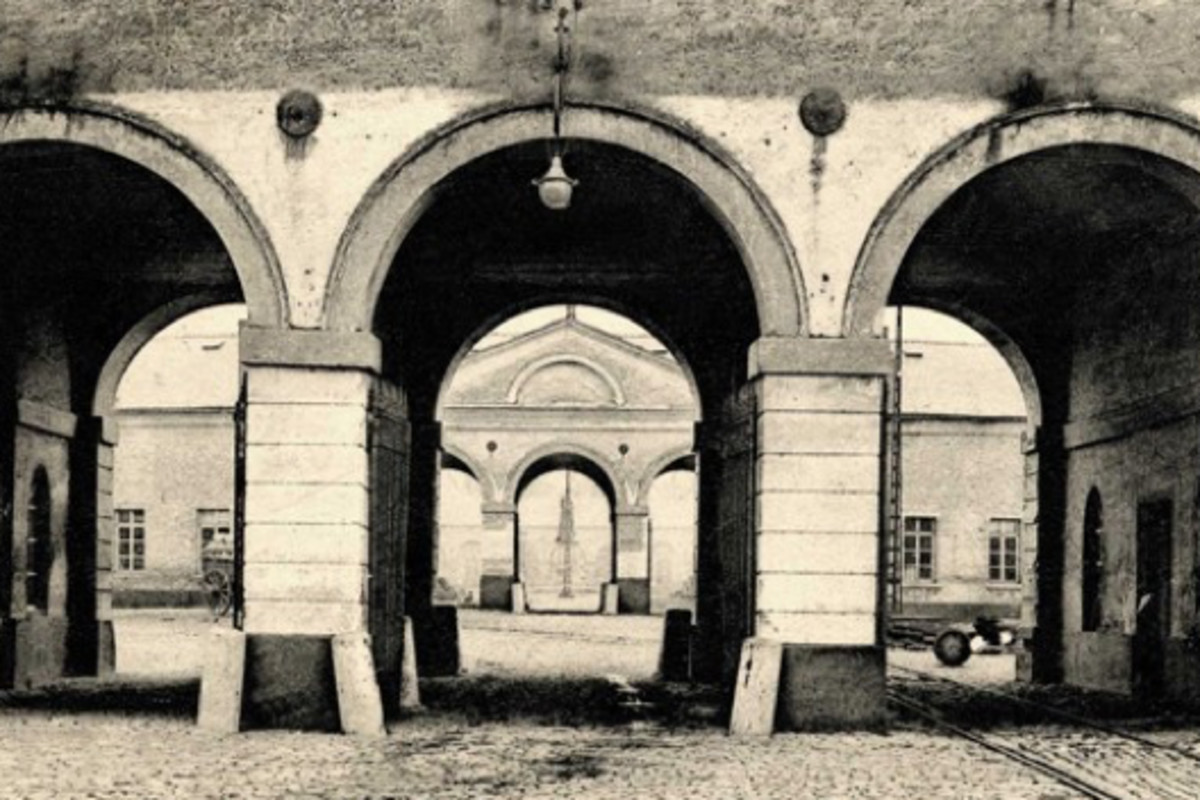Located in the heart of the Province of Hainaut, Grand-Hornu is one of the most beautiful places of the industrial revolution. Built between 1810 and 1830 by the French-born industrialist Henri De Gorge, this former colliery is a real city project, a unique example of functional urban planning on the European continent.
The Grand-Hornu became a symbol of the coal industry in the whole Hainaut and was also a fabulous technological laboratory. In order to develop his colliery, Henri De Gorge relied on railway development and in 1830, he inaugurated one of the first horse-drawn railways in Europe. This railway, almost two kilometres long, linked the coal pits to the banks of the Mons-Condé canal. Far from stopping with this technical feat, De Gorge's descendants designed steam locomotives in the machine shop and, at the beginning of the 20th century, they developed an overhead haulage system to increase coal production.
The train, generally associated with travel and poetry, took on an innovative and revolutionary character in this industrial world. The former mining site, listed as a UNESCO World Heritage Site since 2012, is today a place where a synthesis between the past and the future, memory and the contemporary approach, takes place and hosts two institutions: the CID — Innovation and Design Centre and the MACS — Museum of Contemporary Arts of the Wallonia-Brussels Federation.
The EUROPALIA programme at Grand-Hornu includes guided tours focusing on the railway heritage, a podcast on the social consequences of the installation of the horse-drawn railway, a walk in its wake and a historical conference on the theme of railways by author Erick Lecomte.
Grand-Hornu
— In the Tracks of its Railway
— CID
Programme
14.10.2021 - 15.05.2022
Address
Rue Sainte-Louise 82 - 7301 Boussu
